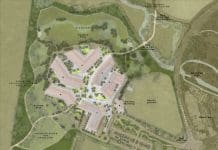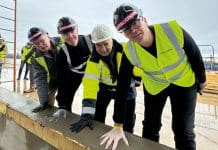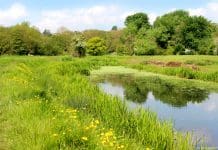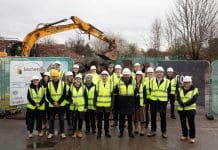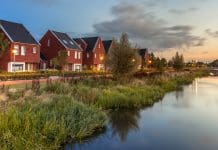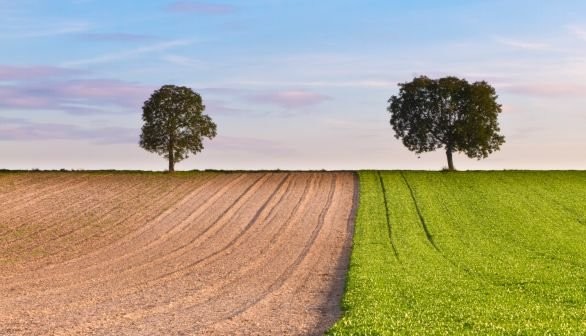
During the site selection process, greenfield versus brownfield is a major decision to make. Should you build on a greenfield site that’s typically cleaner but further from nearby towns? Or, should you use a brownfield site within the city limits and risk the costly environmental issues that can arise?
Previously, deciding between the two was much easier. However, considering the UK now has some of the world’s most regulated planning policies, obtaining permission to build on either site has become a lengthy, challenging process; with both having clear positives and negatives.
With this mind, here is a guide on the differences between brownfield and greenfield to make the decision-making process easier.
Brownfield
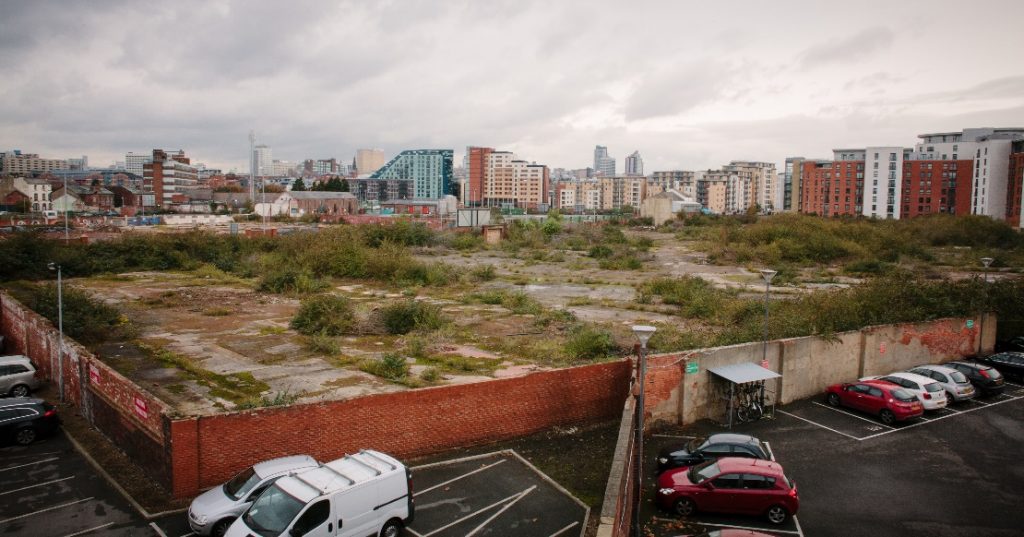
What are the advantages?
Planning permission is easier to obtain
Considering it’s estimated the UK needs to build at least 250,000 new homes a year to keep up with ever-growing demand, the government are actively encouraging development on brownfield sites; mostly because of their commitment to wildlife protection – something that greenfield sites pose a threat to. Because of this, brownfield sites have become a core attribute for the UK’s Sustainable Development Strategy and currently, the government are aiming to approve the planning permission for 90% of the UK’s brownfield sites by 2020.
Local councils are also keen to transform older, derelict buildings into useable properties; meaning it is much easier to gain permission to develop on brownfield sites.
Economic transformation
Aside from environmental benefits, redeveloping on brownfield sites also carries many economic perks. For example, dilapidated industrial sites can be transformed into shopping centres, thriving offices, public parks, family homes and more. They can breathe new life into neighbourhoods, and encourage the transformation of towns and cities by attracting a new lease of life. This can help facilitate job growth and local tax.
What are the disadvantages?
Higher risk of costs
Due to years of inactivity and neglect, brownfield sites can become costly and complicated. Remember – a brownfield site includes more than just land, such as existing buildings, crops and even mineral rights. Certain processes involved in remediation such as site clearance can drastically increase the cost and development window for brownfield sites. However, there are ways to save money, as many necessities such as water, sewer lines, electricity and roads already exist.
Longer construction timelines
If unexpected complications arise from the pre-built area, such as the discovery of pollutants, it can result in a longer decontamination process. Furthermore, if a brownfield site is already contaminated upon purchase, it will fall onto you – the developer – to ensure a safe site and rectify the issues. You could also risk being liable even if you weren’t aware of the contamination before purchasing the site, as it’s likely the contamination occurred several decades ago; making it difficult to locate those responsible, so it’s important to be fully aware before committing to a site.
Greenfield
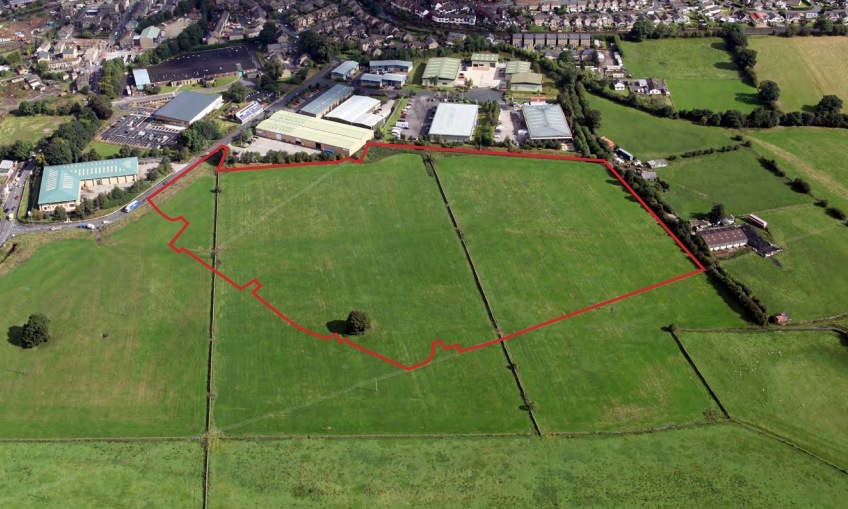
Greenfield sites are undeveloped, agricultural areas of land that are being considered for urban development.
What are the advantages?
Flexible, cheaper development
As a greenfield site hasn’t been developed upon before, it can significantly reduce the amount of site clearance required. For example, there are no buildings to demolish and no industrial roads or debris to remove. In essence, they provide a completely blank canvas, as the layout is not hampered by previous development and can be made both efficient and pleasant. For example, a developer looking to build a large structure would have the freedom to implement piling to support the foundations.
Avoid disrupting residents
Considering greenfield sites aren’t situated too close to urban areas, the development build phase can avoid interfering with local residents. This can prevent noise and air pollution disrupting the existing landscape; creating a more pleasant environment as long as the development isn’t taken too far.
What are the disadvantages?
Environmental pressure
In recent years, the development on greenfield sites has become a lot more restricted to prevent further, unnecessary loss to our countryside and wildlife. According to new government data, there has been a 44% increase on the amount of brownfield sites used, indicating the government is striving to make better use of previously developed land.
Initiatives such as Campaign Protect Royal England (CPRE) are also determined to encourage the reduction in greenfield site development.
Rebecca Pullinger, Planning Campaigner CPRE believes more needs to be done: “Whilst the increase in the proportion of development taking place on brownfield land is promising, the lack of reduction in greenfield development is alarming news for those who love the countryside.”
She continued: “Without a clear, national policy that empowers councils to refuse applications for housing on greenfield land where suitable brownfield options exist, our cherished countryside will continue to be ripped up at an alarming rate”.
Increased pollution
Concerns are also being raised around traffic congestion and pollution as locals commute from urban areas to the countryside. Too much of an increase in greenfield sites could eventually result in an “urban sprawl” within rural areas and leave larger towns and cities with insufficient green space.
So, which is better?
Overall, there is no clear-cut answer. Understandably, greenfield sites need to be protected to avoid the devastating effects on our wildlife and countryside. Furthermore, the government and council’s increased restrictions on purchasing greenfield sites has limited the options further.
However, the expensive costs and longer construction times associated with brownfield sites can pose huge threats to developers; especially those who are striving to build housing and offices, which could benefit the economy long-term.
Abbey Pynford
LinkedIn: Abbey Pynford
Twitter: @AbbeyPynford


